12 Marketing Reports Examples You Can Use For Annual, Monthly, Weekly And Daily Reporting Practice
datapine
FEBRUARY 4, 2020
Management thinker Peter Drucker once stated, “if you can’t measure it, you can’t improve it” – and he couldn’t be more right. Structure your metrics. As with any report you might need to create, structuring and implementing metrics that will tell an interesting and educational data-story is crucial in our digital age.

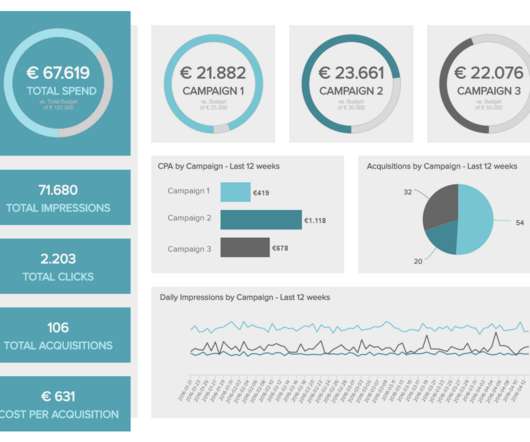


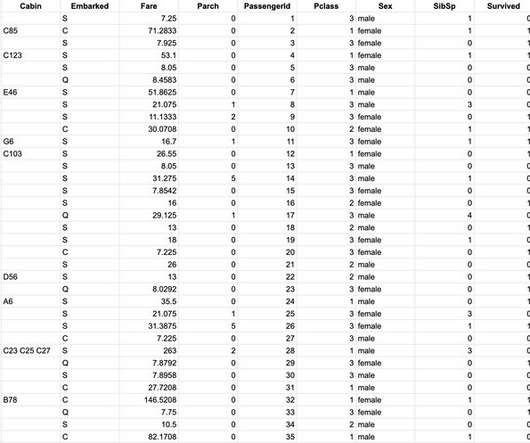






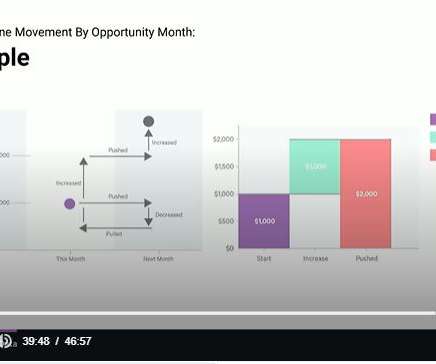
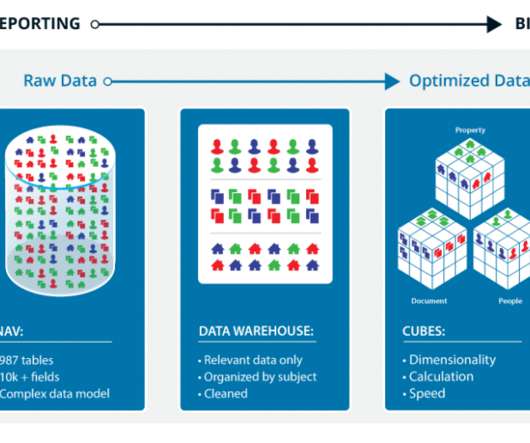



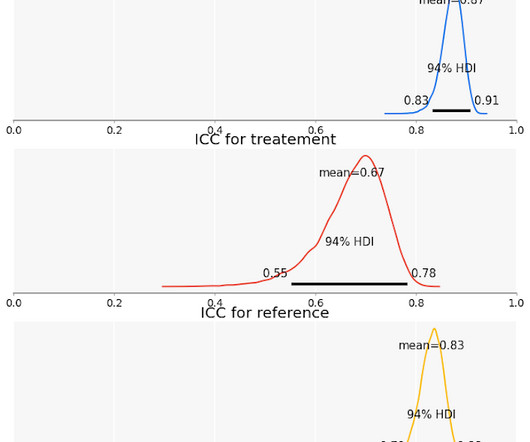













Let's personalize your content